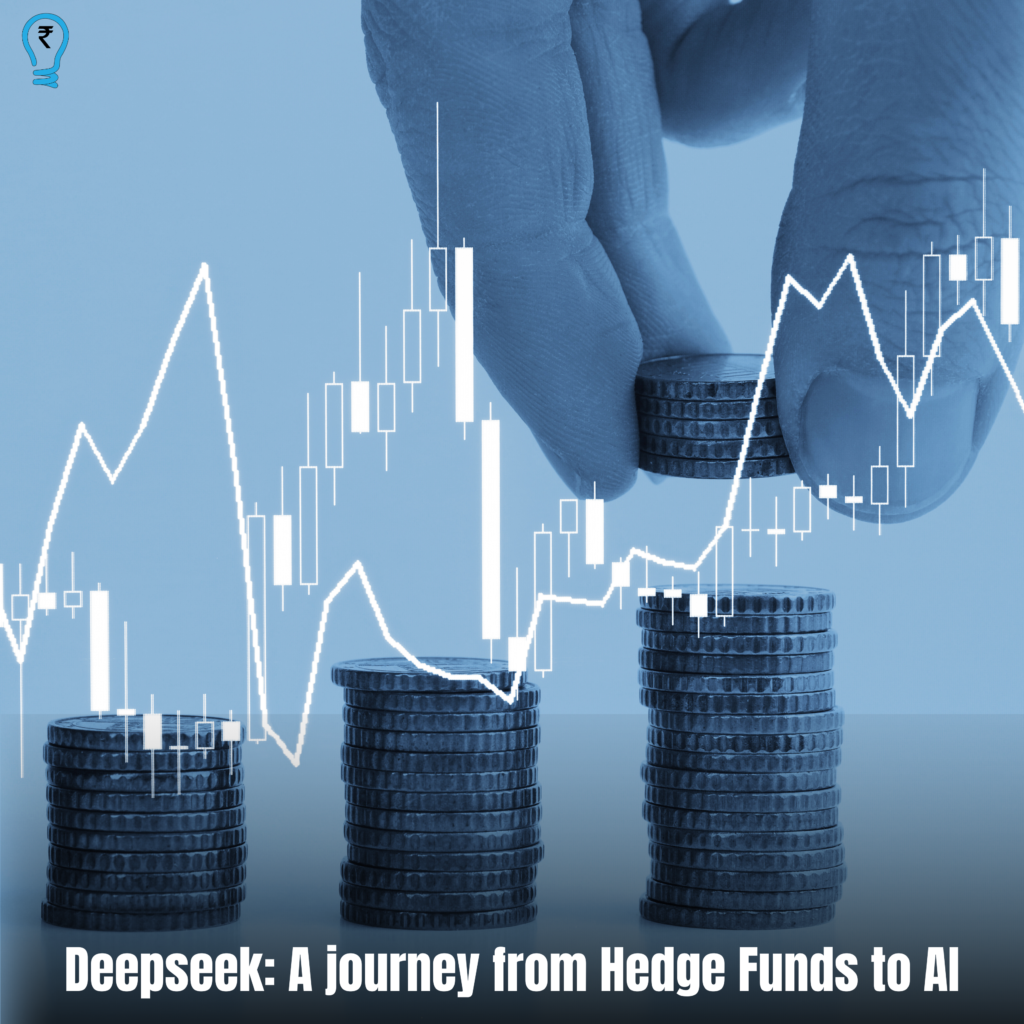Introduction:
In the world of football player transfers are more than just transactions, they are pivotal events that often shape a club’s future and its financial landscape. From promising talents signed into disastrous acquisitions whose frustration cannot go unnoticed, transfers of players carry a major impact on the game. Needless to say, a successful transfer improves the performance of a club on the pitch and then goes on to improve the results. This has its translation into competition prizes and much more attractive terms of sponsorship. The top winners in UEFA Champions League earn millions of money apart from taking home big sponsors. Interestingly, the cost is as hefty concerning people who fail during transfers. FC Barcelona club has not left the failures for a long time in recent years of costly mistakes, from big price tags of Philippe Coutinho, Antoine Griezmann, and Ousmane Dembele, who have failed to deliver good results. These players have not only subtracted from the club’s money but sometimes traumatized fans. Now that we have entered the economics of player transfers, we will consider how clubs price players, determine the risks involved in these deals and eventually measure the return on investment of their purchases.
Market Dynamics and Performance Metrics:
Like any other market, the football world’s player transfers are governed by the fundamental principles of supply and demand. When a player shows exceptional talent and potential, clubs scramble for his signature and a bidding war ensues. More often than not, clubs end up paying a price far in excess of the player’s market value. Beyond the basic principle of supply and demand, clubs thoroughly analyze transfer targets to determine whether a player not only fits into the club’s system but also shares values and playing styles. Clubs begin by defining the profile that they are seeking – specific positions, skills, and characteristics which complement their current squad. FC Barcelona, for example, has historically prioritized players who excel in possession-based football, emphasizing technical ability and vision over sheer physicality. Then, once a target is identified, teams dive deep into the player’s statistics from his previous club(s). Following this, advanced analytics come into play. For instance, metrics such as Expected Goals (xG) and Expected Assists (xA) provide valuable insights into an offensive player’s performance and potential. xG quantifies how many goals a player should have scored based on the quality and the number of chances he had. A player who outperforms his xG score means that, for whatever reason, he has special finishing ability. Outperforming xG usually isn’t sustainable (difficult to maintain over multiple seasons). On the flip side, if there is high xG and poor performance, that means probably the player takes excellent positions but he or she isn’t consistent when finishing, something that will naturally come with more experience. Outperforming or underperforming xG doesn’t inherently mean the player is any better or worse since interpretation depends on the context, though. Even midfielders, defenders, and goalkeepers are measured through similar metrics by clubs.
These statistics enable clubs to evaluate not just what players have done in the past but what they are likely to achieve in the future. For example, when Barcelona signed Pedri for a mere 1 million euros, they probably didn’t consider his previous games but his incredible underlying statistics, which indicated he could become a world-class player. Unsurprisingly, he turned out to be one of the world’s best young midfielders in short order and worth nearly £75 million today. It’s obvious then that solid scouting, appreciation for the fit between the player and the philosophy of the club, and integration with the team dynamic all go hand-in-hand for the successful transfer of a player. Take the case of Kevin De Bruyne, signed by Chelsea FC (England) for about £7 million in 2012. He had a disastrous run at Chelsea, and he was sent to Wolfsburg (Germany) where he had the breakout season in 2015. Manchester City FC announced his signing for a then club-record fee of £60 million, which raised many eyebrows considering how his previous stint in England fared. However, he soon cemented his position as the best midfield player in the world, captaining his side to many titles and winning big individual honors all along.
Another notable example is Mohamed Salah, who was acquired by Liverpool for about £36 million after an underwhelming stint at Chelsea. He has been Liverpool’s best player for the better part of a decade now and market estimates once valued him at nearly £150 million. Such success stories highlight how strategic investments in players can yield remarkable returns.
Return on Investment from player transfers:
As mentioned earlier, the stakes surrounding player transfers are very high. The ROI resulting from player transfer can be subdivided into two: short term and long term. Short term ROI is financial returns that immediately occur, like selling a player for a profit after one or two successful seasons. In the realm of short-term ROI, clubs like Ajax Amsterdam (The Netherlands) and Benfica (Portugal) have established themselves as “talent factories,” consistently selling their best-performing players for hefty prices instead of attempting to retain them. For example, Ajax generated significant profits by selling stars like Matthijs de Ligt and Frenkie de Jong, and Benfica by selling talents like Joao Felix, Darwin Nunez and Ruben Dias. But the long-term advantages of successful transfers are even more impactful. A player who assimilates well into the team will enhance overall performance, leading to better league standings and prize money from competitions. It also enhances fan engagement and brand value, attracting more sponsors eager to associate with a winning team. For example, when FC Barcelona successfully nurtured a certain Lionel Messi, the club not only reaped financial rewards from his performances but also enjoyed unparalleled global recognition and fan loyalty. But some player transfers transcend mere statistics and become pivotal moments that end up altering the course of a club’s history. Johan Cruyff’s arrival at FC Barcelona in 1973 is a prime example; he not only brought exceptional talent but also instilled a footballing philosophy that continues to define the club today. His influence helped shape Barcelona into a global powerhouse, emphasizing skill and creativity over physicality. Similarly, Ronaldinho’s signing in 2003 revitalized Barcelona, leading to a resurgence in success and establishing a new era of flair that attracted future stars. At SSC Napoli, Diego Maradona’s transfer in 1984 transformed the club, culminating in their first Serie A title and solidifying his status as a legend. These iconic transfers illustrate how certain players can leave an indelible mark on their clubs, shaping identities and inspiring generations of players and fans.
Player transfers hold many advantages; however, the risks they bring can be considerable and extremely tough to cope with. Some of the most serious immediate risks posed by player transfers relate to injury. A new signing to a club with such expectations may take a long time to settle when injuries strike the player shortly after his signing. For example, Ousmane Dembele’s transfer to FC Barcelona for around €105 million was marred by injuries that hindered his ability to perform consistently. Six years on, he was sold to PSG for less than half of what he cost, drawing curtains on one of the worst transfers in the club’s history The psychological pressures players face when moving to new clubs can also significantly impact their performance. The weight of expectations- especially at top clubs like Barcelona, Real Madrid, Bayern Munich, etc.- is tremendous. It puts a huge amount of pressure on the player to justify the price tag immediately, which again causes anxiety in their game. Finally, the external economic conditions also play a huge role in the transfer market. Factors such as recessions or global events like the COVID-19 pandemic can drastically affect transfer values and club finances. During the pandemic, many clubs faced financial strain due to lost matchday revenues and decreased sponsorship deals, leading to reduced spending power in the transfer market. Therefore, navigating the risks involved in players is no easy feat for clubs. Sometimes, despite everything falling into place on paper, it just isn’t meant to be for the player and the club-a harsh reminder that football is nearly as much about fate as it is about strategy. But some player transfers transcend mere statistics and become pivotal moments that end up altering the course of a club’s history. Johan Cruyff’s arrival at FC Barcelona in 1973 is a prime example; he not only brought exceptional talent but also instilled a footballing philosophy that continues to define the club today. His influence helped shape Barcelona into a global powerhouse, emphasizing skill and creativity over physicality. Similarly, Ronaldinho’s signing in 2003 revitalized Barcelona, leading to a resurgence in success and establishing a new era of flair that attracted future stars. At SSC Napoli, Diego Maradona’s transfer in 1984 transformed the club, culminating in their first Serie A title and solidifying his status as a legend. These iconic transfers illustrate how certain players can leave an indelible mark on their clubs, shaping identities and inspiring generations of players and fans.
Role of Agents in Transfers:
Players’ agents play a crucial role in the transfer market, acting as intermediaries between players and clubs during negotiations. Their influence can significantly impact transfer fees and overall player valuation. One remarkable figure in this realm was the late Mino Raiola, whose clients included high-profile players like Paul Pogba and Zlatan Ibrahimović. Raiola had been known to be aggressive with negotiations and very capable of claiming enormous fees- a source claims to have earned a staggering €22 million for Pogba’s transfer back to Manchester United for €105 million. Most of the time, his capability of securing profitable deals made Raiola a main character in both media and scandals. Agents play an important part in creating public images and the marketability of players, which adds another dimension of valuation. For example, when an agent successfully markets a player as a ‘must-have’ talent, it may lead to bidding wars among clubs and push up the transfer fees.
Alternate Transfer Arrangements:
In the dynamic world of football transfers, various types of transfer deals exist that help clubs manage their financial and strategic needs. One common arrangement is player swap deals, where two clubs exchange players to balance their squads or reduce costs. This can benefit both parties without significant cash outlays; a notable example is the swap between Barcelona and Juventus involving Miralem Pjanic and Arthur Melo. Another prevalent transfer arrangement is a player loan, which allows a player to temporarily join another club. Loans can include an option to buy, giving the receiving club the right to purchase the player at a set price after the loan, or an obligation to buy, requiring the club to purchase the player if certain conditions are met (such as playing a fixed number of matches). This flexibility helps clubs evaluate a player’s fit before committing financially.
Recent Trends and What the future holds for Player Transfers:
Inflation in the transfer market over the last 6-7 years has been striking, and several factors contribute to this trend. One significant reason is the influx of wealthy owners and large conglomerates acquiring clubs, such as Manchester City and Chelsea. These owners often have limitless financial backing, allowing them to spend lavishly, sometimes rather stupidly, on player acquisitions which in turn drives up market prices. Additionally, the explosion of broadcasting revenues has played a crucial role. Global TV rights for major leagues and tournaments have skyrocketed in the last decade, with clubs benefiting from billions in revenue.

One of the most significant changes in the transfer market is the increasing reliance on technology, particularly data analytics and artificial intelligence (AI). Clubs are now employing sophisticated softwares to analyze player performance metrics, scout talent globally, and make informed decisions about potential signings. This data-driven approach allows clubs to assess a player’s fit within their system more accurately and reduces the risks associated with transfers. Financial regulations, particularly UEFA’s Financial Fair Play (FFP), are also shaping transfer strategies and valuations. FFP was designed to encourage clubs to operate within their financial means by restricting excessive spending. However, some clubs have faced scrutiny for their financial practices under these regulations. FC Barcelona, for instance, has struggled with FFP compliance in recent years, leading to significant financial restructuring efforts. Similarly, Manchester City and Chelsea have encountered challenges regarding FFP breaches, prompting investigations into their financial dealings. In light of rising transfer fees and the unpredictability of the market, many clubs are increasingly investing in youth academies as a sustainable alternative to relying solely on the transfer market. Developing home-grown talent has proven instrumental in the past for clubs like FC Barcelona, which has a rich history of promoting academy players who seamlessly integrate into the first team. Investing in youth not only provides clubs with financially viable options but also ensures that players align culturally and stylistically with the club’s philosophy.
Conclusion:
In summary, understanding player valuation, associated risks, and potential returns is essential in the complex world of football transfers. As discussed, the landscape is rapidly evolving due to technological advancements, financial regulations, and an increased emphasis on youth development. These factors significantly influence club finances and strategies, making it vital for clubs to adapt in order to remain competitive. I encourage fellow football enthusiasts to explore similar interesting case studies and emerging trends within the transfer market to gain a deeper understanding of this aspect of football.

Sanyam Khasa
Member
Deepseek: A journey from Hedge Funds to AI
Introduction: In this busy and bustling day to day life of ours managing our Finances…
Beyond Numbers: The Human Cost of Infosys’ Layoffs and the Global Normalization of Workforce Reduction
A Familiar Script: Infosys and the Corporate Playbook of Disposable Labor: On February 7, 2025,…
Understanding Tariffs and Their Impact on India
What Are Tariffs? Tariffs are taxes governments levy on foreign imports to make the goods more…
The Economics of Player Transfers in Football
Introduction: In the world of football player transfers are more than just transactions, they are…
Session 5
Session 5- Unraveling Equity Derivatives: Insights from the Fifth Development Session The Fifth Development Session…
An Attempt To Deteriorate The Creditworthiness of Indian Entities
Introduction: The growth story of India in almost every sector is not alien to the…







